Today, I’m going to tackle another one of these ‘clades’, or really more of a ‘grade’. In this case, a group among one of the most popular and well-known prehistoric reptiles, the pterosaurs. As a group, it’s probably one of the most distinctive…it’s reptiles, specifically archosaurs, that are evolved to fly. It’s hard to say much about them, everyone knows what a pterosaur is! As a group, they showed up in the late Triassic, although fossil ancestors aren’t known–maybe due to environment, maybe due to their lightly built skeletons? The basal pterosaurs form the eopterosauria, and the later monophyletic clade is called the Macronychoptera. In today’s post, I’m going to look at what would be considered ‘basal’ within that, before leading to the crown ‘pterodactyloidea’ clade. In many older classifications, the group was called Rhamphorynchoidea, but using phylogenetic taxonomy that doesn’t really work. The animals in the group are the same though!
For the purposes of my division of the figures in my database, the Macronychopterans include all of the pterosaurs from the Dimorphodontidae through the Anurognathidae. But of course not all of the families are represented as figures; and I probably am missing a few myself. However, there are a fair amount of them. The most common figures are probably the earliest named–Rhamphorhychus and Dimorphodon. Many of these animals tend to be smaller, and tend to have longer tails, although some of the most advanced families reduced their tails as well. They are often though to be small forest dwellers, probably on-the-wing hunters of insects or small vertebrates.
Many of the figures tend to be kind of similar–Dimorphodon has it’s pretty distinctive large head, but most have long, pointed snouts. The only ones that don’t really look like that are the Anurognathus figures. There’s also a range of quality among them. Some companies, like Safari, have made excellent representations. Others are…more stylized and basic. But at least they exist. Most of them tend to be larger scaled figures, making it difficult to scale them with your other prehistoric reptiles. Unlike the Pterodactyloidea, where some were true giants, most of the more basal macronychopterans were smaller; but tiny figures are trickier for manufacturers–so the figures can be pretty large. Toob, small blind bag, and game-piece type figures are probably going to work better for that.
There are probably collectors out there with much broader collections than I have, although as far as pterosaur figures go, there are probably more species within the Pterodactyloidea out there (I mean…there may be just a few Pteranodon figures…). Some of these are of course easier to find than others. I used to know one collector that specialized in pterosaurs, and indeed, he had a lot of figures from up and down the full clade of pterosaurs (he’s also where I was able to get the weird S.H figures seen in the photos…) But it almost goes without saying that every collector probably has a few species at least–it’s hard to imagine a prehistoric animal collection without at least a few of these primitive pterosaurs!



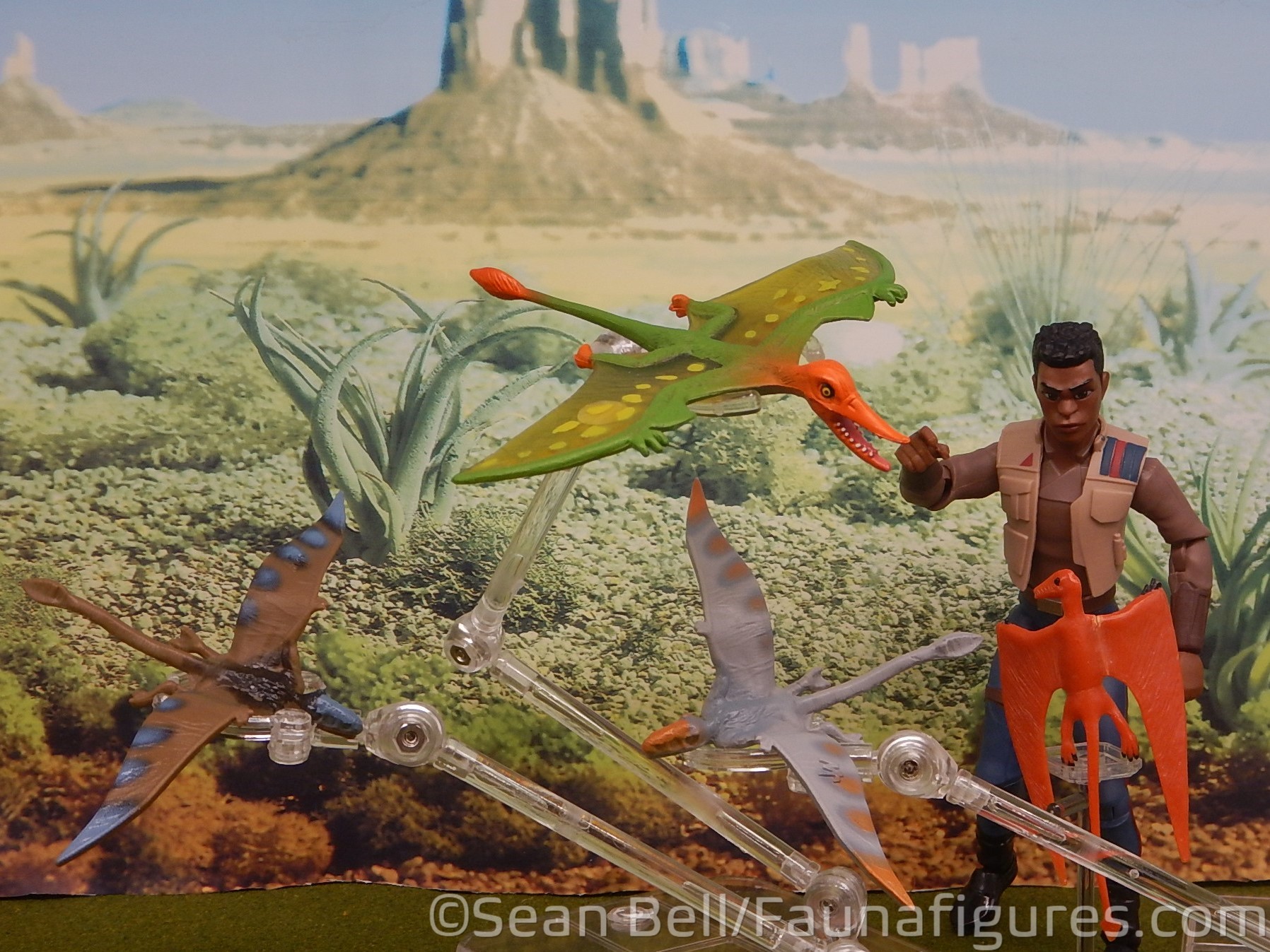

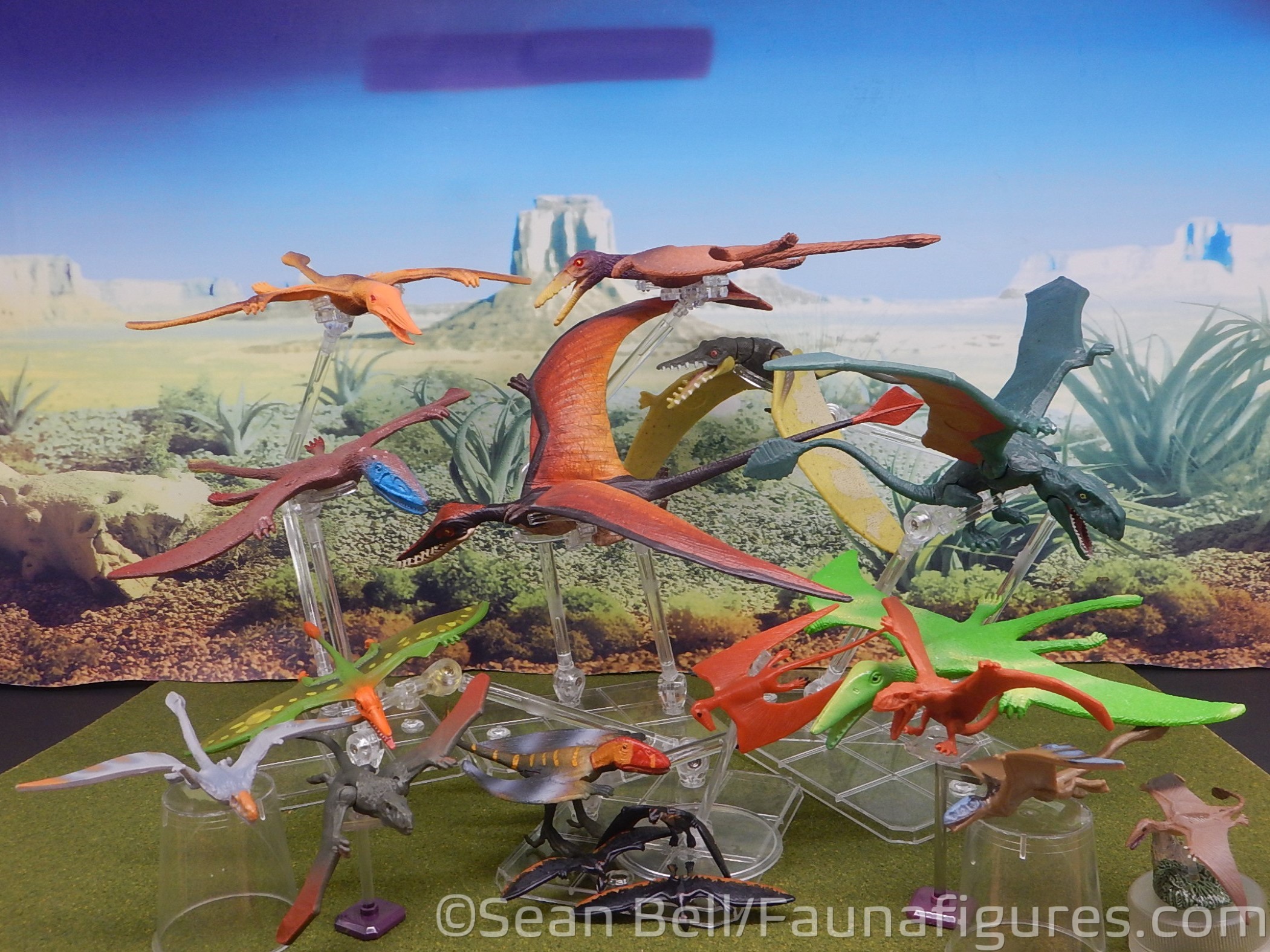
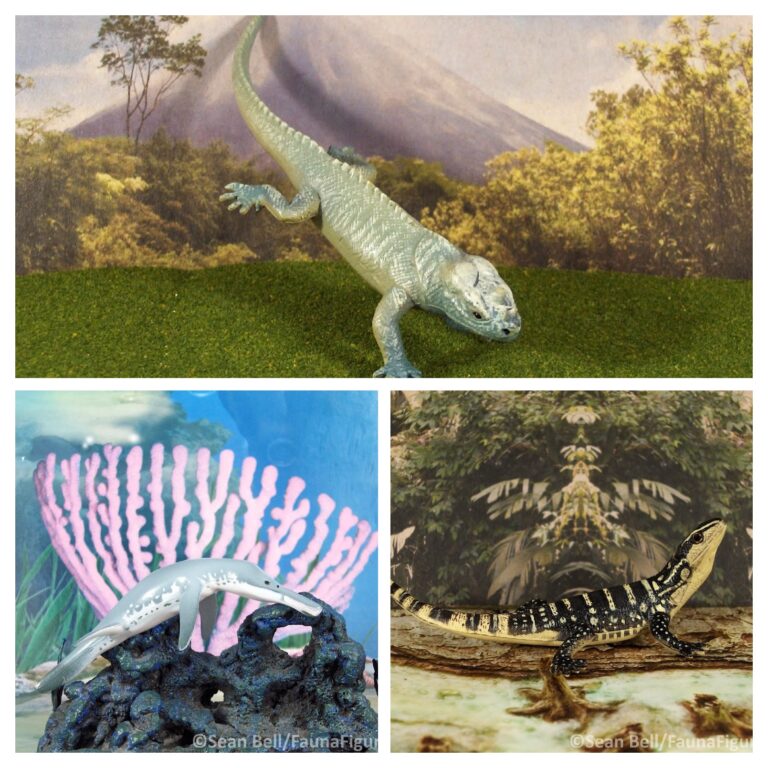

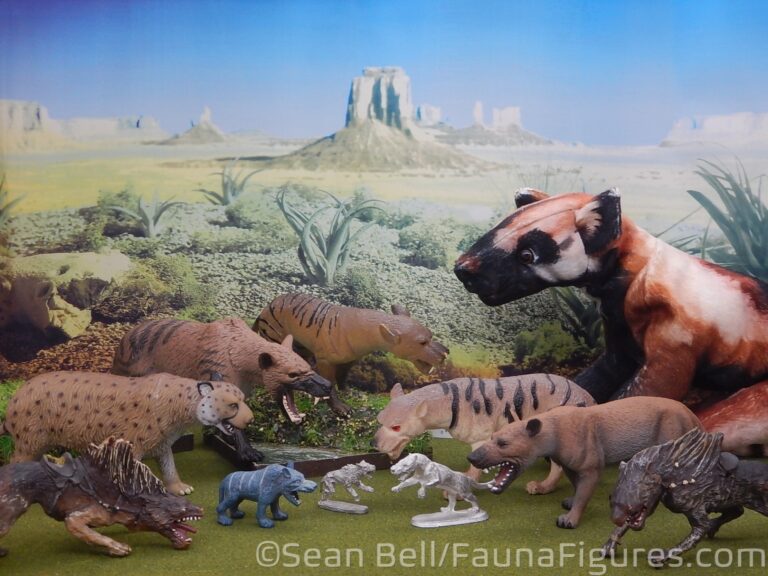
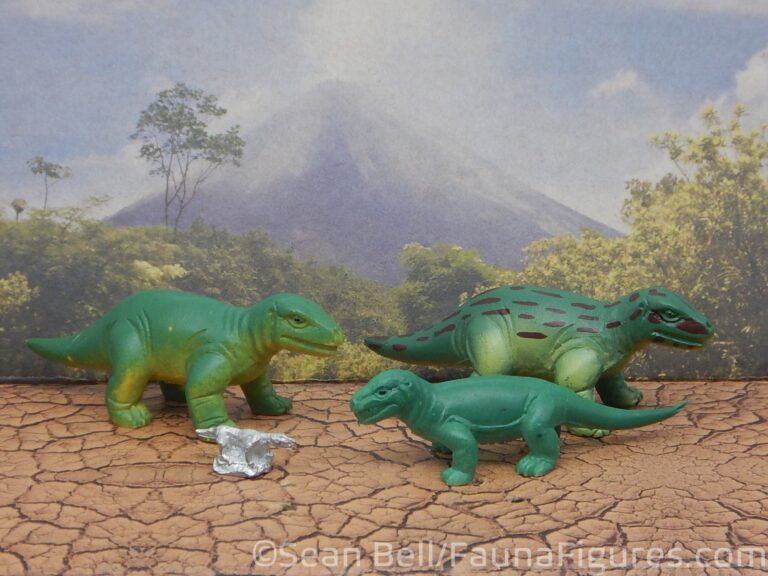

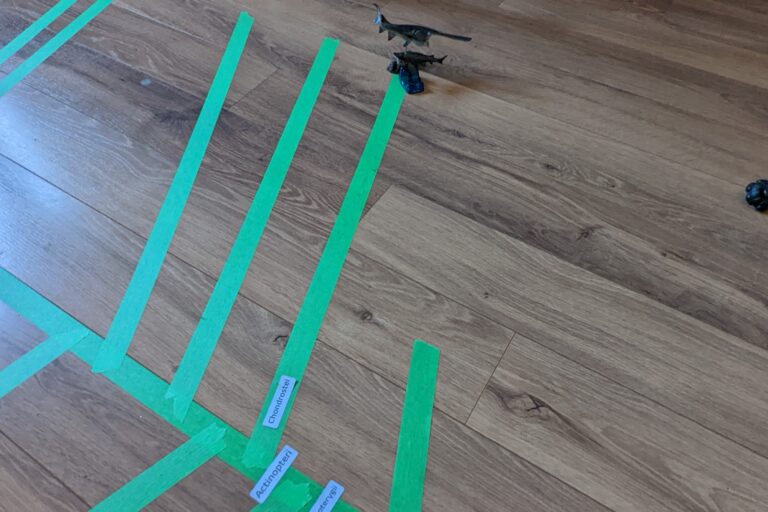
Pingback: FigureFocus 321 Character Options Primeval Coelurosauravus – Fauna Figures